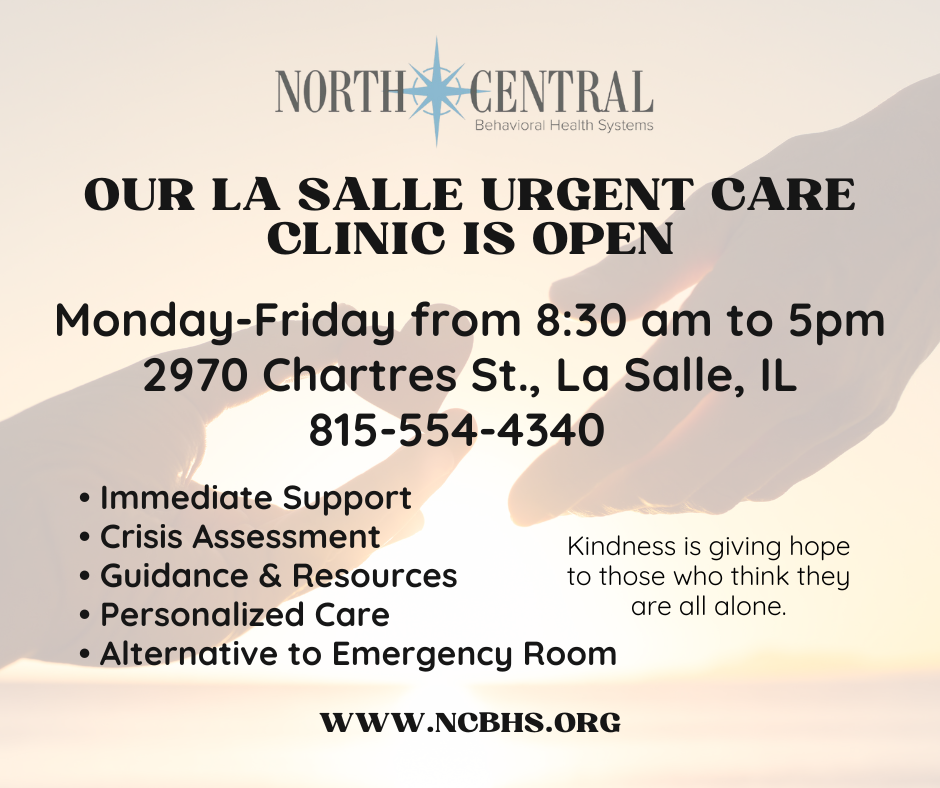When asking people about their concerns with air pollution, most admit that they have a concern. When asking people about their concern with water pollution, the same applies. However, when I ask people about body pollution, many do not know what I am talking about. What are Inhalants? Inhalants are chemicals that produce fumes (vapors) usually at roomtemperature and that can produce mind altering effects when inhaled by the body. Some people abuse them for a high, however, some people just do not realize the dangerous effects of these chemicals. Many studies have proven Inhalants are poison to our bodies.
So, where can we find inhalants?
- Our garages
- The workplace
- Schools
- Daycares
- Stores
- Salons
- Our family’s homes
- Our friend’s homes
THEY CAN BE FOUND JUST ABOUT ANYWHERE!
There are some items that are considered to be inhalants?
- Paint
- Paint thinner
- Finger nail polish
- Finger nail polish remover
- Common household cleaners such as Pledge, oven cleaner, air fresheners, toilet cleaners
- Whipped cream in a can
- Aerosol body sprays
- Hairspray
Some people have asked, how these items can be unsafe if we use them everyday, the answer is below.
- Items in Aerosol cans have propellants that push the product out on demand, this is what makes it dangerous
- Sometimes people abuse these products intentionally to obtain the mind altering affect that is produced
- Products such as paint produce vapors that can be dangerous to our bodies
- Others may not realize they are harming themselves with these products while using them and not taking proper precautions
Here are a few more details about inhalants ..
- Paint contains solvents and volatile organic compounds
- When the paint dries, these chemicals evaporate into the air and can harm the painter
- Inhaling paint fumes can trigger asthma and may be directly related to cancer (especially in people that do not use ventilation and use painting as a career)
There may be a question in some minds asking, what is a propellant, the answer is simple, a propellant is a chemical which is used in the production of energy and pressurized gas that is used to create movement of a fluid or to generate propulsion of a vehicle or other object or chemicals. Common propellants are energetic materials that consist of a fuel such as gasoline, jet fuel, rocket fuel, and an oxidizer , propellants are burned or otherwise decomposed to produce the propellant gas . Other propellants are simply liquids that can readily be vaporized.
A few examples of Propellants are:
- Soluble compressed Gasses (e.g. Carbon Dioxide)
- Non-soluble compressed Gasses. (e.g. Compressed Air and Nitrogen)
- Chlorofluorocarbons (CFCs)
- Di Methyl Ether
- Liquefied Petroleum Gas (LPG)
So what are the dangers that can occur if inhalants are purposfully or accidentally abused? Here are a few:
- Suffocation
- Brain damage
- Passing out
- Dizziness
- Nausea
- Light headedness
- Death
- Sudden sniffing death syndrome(when a person dies the first time using)
- Depression
- Increased risk of suicide
- Heart and lung damage
- Vision loss
- Liver and kidney damage
What can we do to protect ourselves when working with these products?
- Always read instruction labels on products
- Ventilation (fans, open windows, open doors)
- Wear a mask
- Do projects outside when possible
- Keep your face as far away from the product as possible
- When using hairspray, hold can abut 10 inches away from hair
- Use non-toxic items
When inhalants are abused, what are the stages a person experiences?
1. Stage One (Excitatory Stage) -euphoria, excitation, exhilaration, dizziness, hallucinations, sneezing, coughing, excess salivation, intolerance to light, nausea and vomiting, flushed skin and bizarre behavior
2. Stage Two (Early Central Nervous System Depression)- confusion, disorientation, dullness, loss of self-control, ringing or buzzing in the head, blurred or double vision, cramps, headache, insensitivity to pain and pallor or paleness
3. Stage Three (Medium Central Nervous System Depression)- drowsiness, muscular uncoordination, slurred speech, depressed reflexes and rapid involuntary movement of the eyes
4.Stage Four (Late Central Nervous System Depression) -unconsciousness, odd dreams, seizures and EEG changes
Signs to watch for in people that will indicate inhalant abuse:
- They may paint their nails with white out or other toxic products like markers
- Sniffing their shirt sleeve continuously
- Red or runny nose and eyes (frequently)
- Spots or sores around their mouths
- Unusual breath
- Chemical odors on clothing
- Hiding containers under their bed, in their closets or around their room or house
- Holding markers or other products by their face a lot of the time
- Change in mood or behavior
How can we help a person who is abusing?
- Inhalant detoxing programs
- Realize the extreme dangers of these products, they can kill us after one use
- Group counseling
- Keep household cleaning items and other products locked up
- Educate them on Inhalants and the effects they can have on our bodies
- Talk with them
- Offer alternatives
- What to do in an emergency situation
- Remain calm and call 911
- The poison control center should be contacted as well
- If the person is agitated, angry, non-compliant or hallucinating, they may experience heart dysfunction and this could lead to death
- Do not upset them or argue to make the situation worse
- Poison control will give you specific instructions on how to handle the situation


